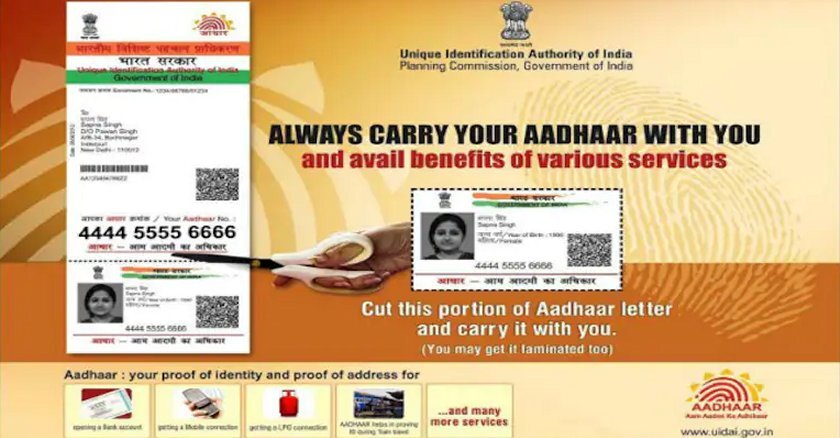
While the reasons for this lack of access are multiple and complex, a key reason these barriers exist is that the benefits programs’ policies and administration have been set up by people far removed from those needing this assistance, without a full understanding of who would be using these programs and the situation and limitations of their living conditions. To have social programs that actually meet people's needs, those people need to be involved in the design of these programs.
This recognition is a core motivation behind the Benefits Access and Equity (BAE) initiative, which organized a convening in San Francisco in July. Forty people — a mix of policymakers, direct service providers, benefits administrators and those with the lived expertise of facing barriers to benefits access — spent a day developing a deep understanding of what isn’t working with accessing benefits programs and starting to think about how we can fix them.
"As someone with lived experience, the BAE convening was a powerful event because not only was I able to share my experience, but I was also able to see and hear experts collectively work together on identifying issues with obtaining benefits so that in the future, people like me have easier access to benefits," said Cody Van Felden, a former foster youth and advocate with John Burton Advocates for Youth. Michelle Tonn, executive director of Los Angeles’ Alexandria House and a member of the BAE Advisory Council, also saw the value of working collectively. “To have us all together discussing what each of us are doing is important. It creates hopefulness, but also can prevent duplication,” she said.
While more efforts are being made in the policy world to include perspectives from people who have directly engaged with benefit systems, it can be difficult to get the process right. Too often, program design efforts treat people with first-hand experiences only as testifiers, asking them to summarize their stories and then excluding them from the remainder of the process. This approach often leaves out subtle but important details on how people interact with these systems and creates blind spots that may compromise program design and implementation down the road.
A key principle behind the BAE convening was that all participants were experts in their own right. Using principles from human-centered design, the first portion of the convening was focused only on activities that helped participants get to know one another and hear about each other's experiences. The goal of this process was to establish an environment where everyone present could collaborate as peers, rather than one where only those with professional backgrounds in the space were viewed as experts. “I liked that everyone had a chance to speak: every voice heard, every opinion taken into account,” said Tera Duncan, a certified nursing assistant and single mother of five who has struggled to find a job with suitable hours to balance work with caring for her family.
The convening design also aimed to remove other common barriers to participation for lived experts. Participants with professional backgrounds were strongly encouraged to avoid jargon, and those with lived expertise were compensated for their participation and reimbursed for travel, accommodations and child care.
The San Francisco BAE convening was only the first step on the path toward improving access and equity for social programs. Follow-up “design labs” are being planned to delve into specific challenges that were raised in the first convening and develop solutions that align with how people truly engage with benefits programs.
At the same time, the input and ongoing engagement from the convening’s participants is informing the development of broader principles and practices to ensure that social programs — existing programs as well as new ones — focus on the people they are supposed to serve and avoid access barriers from the start.
The United States’ top-down approach to program design is deeply embedded in our existing systems, and that mindset won’t change overnight. But by seeing examples of a more effective and inclusive method, policymakers and government officials will hopefully be encouraged to embrace the practice of putting people with lived expertise at the center of the process.
Jim Pugh is a co-director of the Universal Income Project. He is also the founder and CEO of ShareProgress and served as the director of analytics and development for President Obama’s Organizing for America.
Governing's opinion columns reflect the views of their authors and not necessarily those of Governing's editors or management.
Related Content












